okinawa time
Okinawa Time: What Makes This Region So Unique?
James Lau
Posted on January 10, 2024
Share:
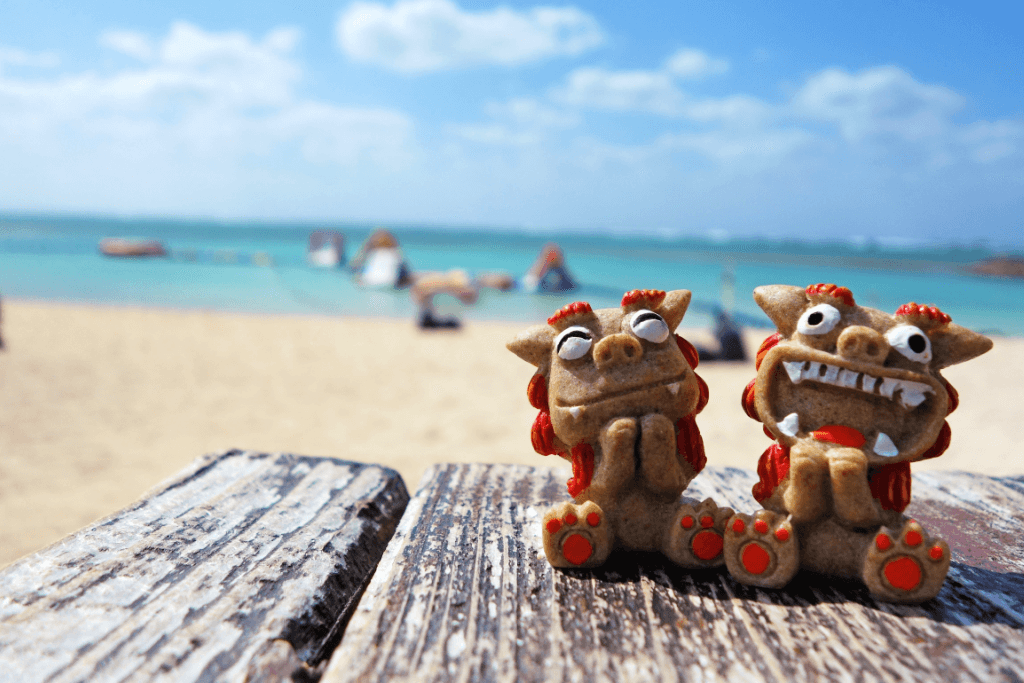
From snow salt, to the vibrant festivals that showcase the island’s heritage, we’ll look at some of the best Okinawa time offers. Experience the flavors of Okinawan teas and kokuto snacks and learn about the history of uchiwa fans. Let’s see what treasures and traditions Okinawa has for you to discover!
Okinawa Snow Salt
Producers on Miyakojima island in Okinawa make yukishio, or snow salt, by collecting and evaporating underground seawater. This unique condiment, famous for its snow-like appearance, boasts a rich mineral content, including sodium, magnesium, potassium, calcium, and iron. The Guinness Book of World Records recognized yukishio as the “World’s Best Salt” in 2000 due to its exceptional qualities!
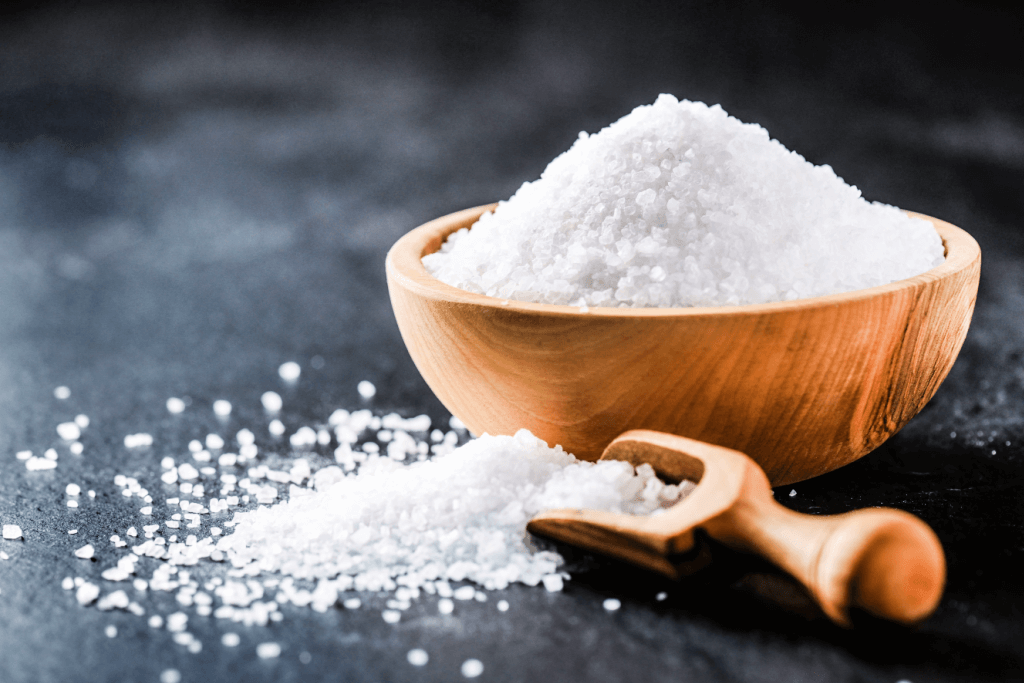
Producing snow salt involves instant evaporation, which makes it have less sodium chloride than regular salt. The unique flavor profile of yukishio, slightly bitter, sweet, and sour in the aftertaste, allows it to enhance the flavors of various ingredients. They range from tempura and rice balls, providing a mild saltiness that balances rather than overpowers the flavors. It’s also suitable for baking and desserts, offering a refreshing, sweet, and salty aftertaste.
Okinawa Festivals
Okinawa is famous for its vibrant festivals! One of the highlights is the 10K Eisa Dancers Parade, an annual event in Naha featuring 10,000 eisa dancers parading down Kokusai Street. This festival showcases both traditional eisa dances, accompanied by beating drums, creating a lively atmosphere. The Ryukyu Lantern Festival is when the streets light up with colorful paper lanterns. Moreover, attendees can enjoy concerts, dance performances, and local cuisine!
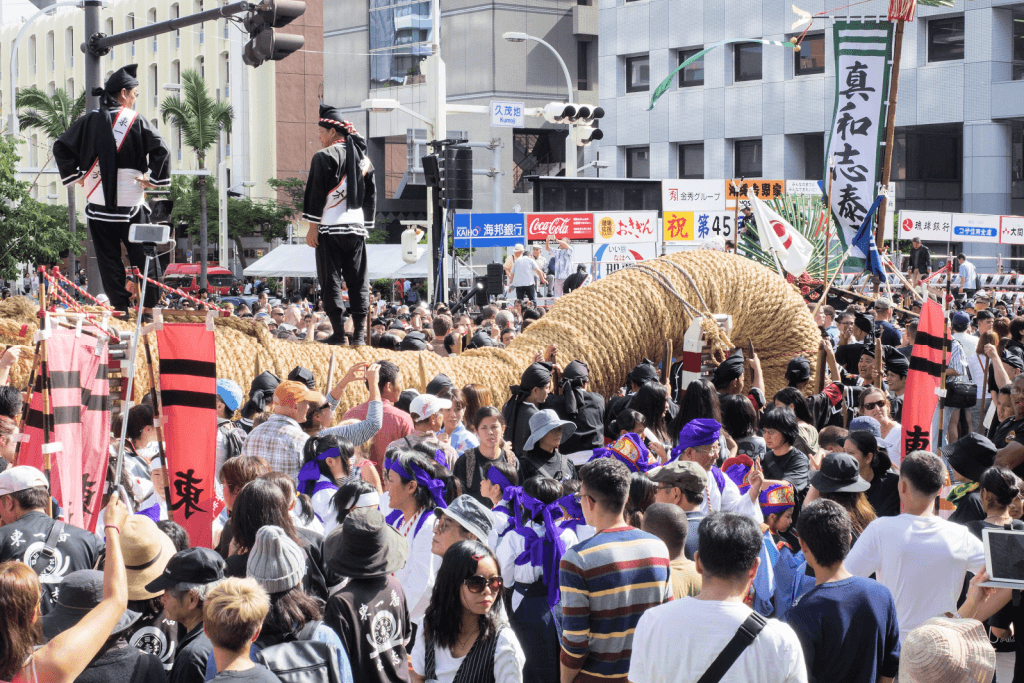
The Ryukyu Kaiensai Fireworks Festival in the summer features displays set to Okinawan music, offering an excellent experience for everyone! October brings the Naha Great Tug of War, a celebration of Okinawa’s 16th-century culture that the Guinness Book of World Records has recognized! During Golden Week, the Naha Hari Dragon Boat Races also has sumo wrestling and fireworks! These festivals allow everyone to enjoy the spirit of Okinawa!
Kokuto Snacks
Okinawa’s kokuto is a unique and healthy brown sugar that has become a culinary treasure in Japan and globally. Sourced from locally grown sugarcane, kokuto undergoes a process of extracting juice and lengthy boiling, preserving its nutrients and resulting in a flavorful sugar rich in minerals. Its taste is a blend of sweetness with smokiness, earthy undertones, and a touch of bitterness, making it an ingredient that enhances both sweet and savory dishes.
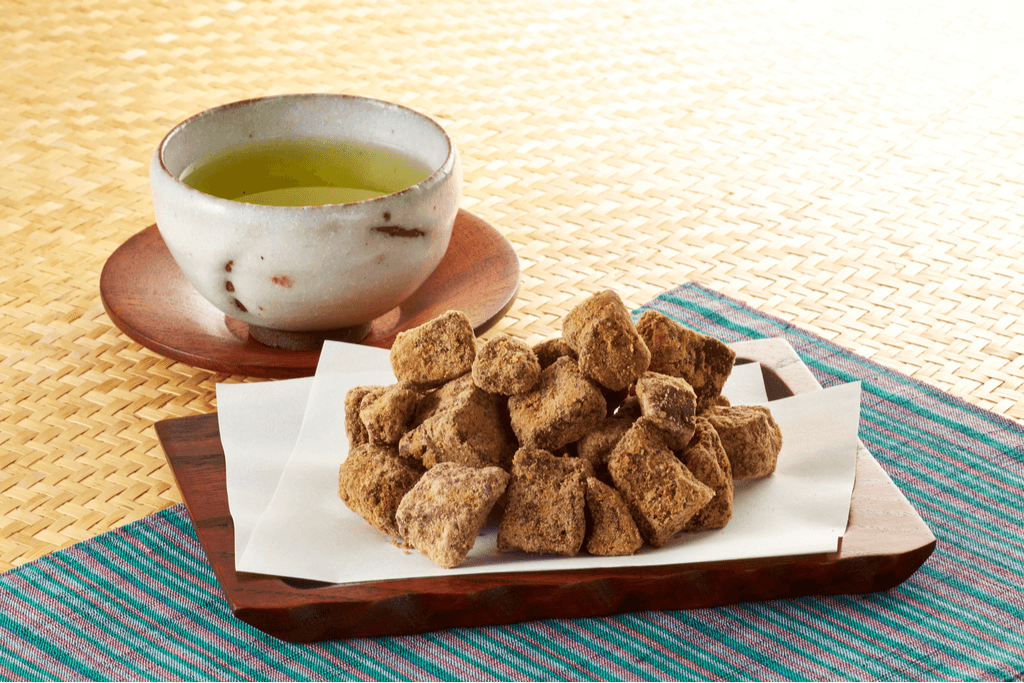
Okinawa’s brown sugar is present in a variety of snacks. The kokuto manju, a steamed cake with azuki paste, has a pillowy texture and gentle sweetness. Kokuto peanuts have a brown sugar coating, while kokuto jelly is a refreshing summer dessert. Finally, kokuto anmitsu combines ingredients with matcha ice cream and black sugar syrup. Kokuto’s rich and caramel taste adds charm to Okinawa’s snacks, making them a must-try for anyone!
Are you looking for delicious snacks from across Japan? Check out Sakuraco! Sakuraco delivers traditional Japanese snacks, teas, sweets, and snacks from local Japanese makers directly to your door so you can enjoy the latest treats directly from Japan!
Jasmine Tea and Five More Okinawa Teas
Okinawan teas offer unique flavors and potential health benefits! Jasmine tea is a popular choice because of its aroma. Other options include guava tea, rich in vitamins and minerals, and mugwort tea, with its warming properties and sweet and sour flavors. Turmeric tea is valued for its digestive benefits, while goya tea is known for detoxifying and blood sugar regulation. Cat whiskers tea is believed to aid in treating various health issues.
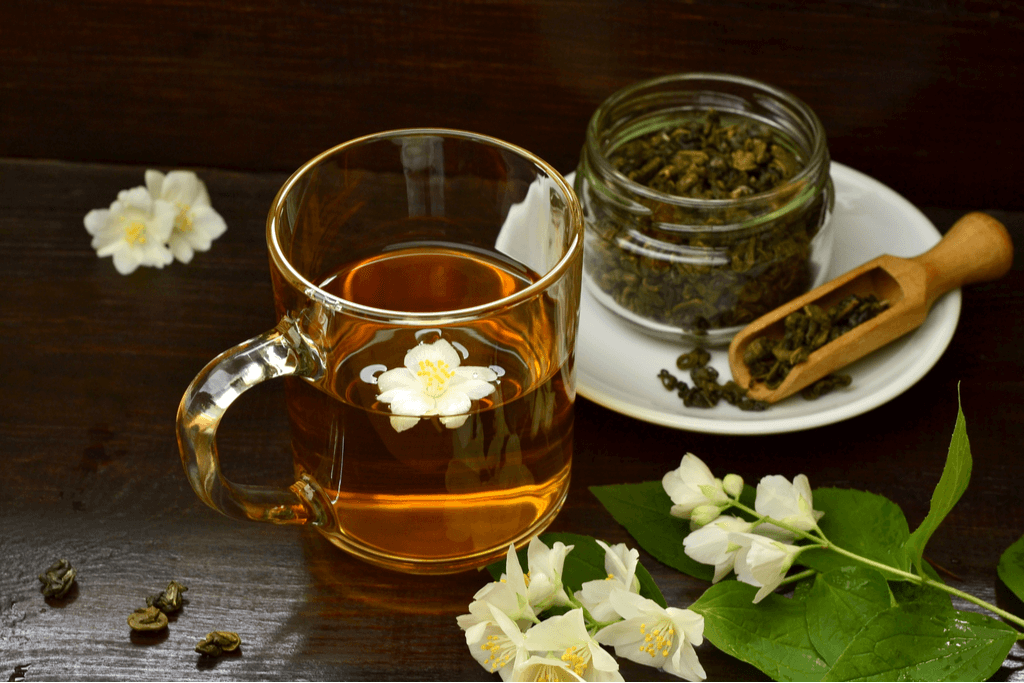
These Okinawan teas undoubtedly offer delightful flavors and showcase the region’s rich cultural and culinary heritage. Whether you’re sipping on the fragrant jasmine tea or exploring the unique qualities of goya or cat whiskers tea, each cup provides a distinct experience. Incorporating these teas into your routine may also provide potential health benefits.
Uchiwa Fans
Uchiwa, a traditional Japanese fan, arrived in Japan in the 4th-8th centuries. Initially known as sashiba fans, they evolved into the compact and elegant uchiwa fans we recognize today. These bamboo and washi paper fans were used to keep calm but became fashion accessories and gifts during festivals. Eventually, they evolved into promotional items, displaying brand names and merchandise photos, and were made from plastic by the 20th century.
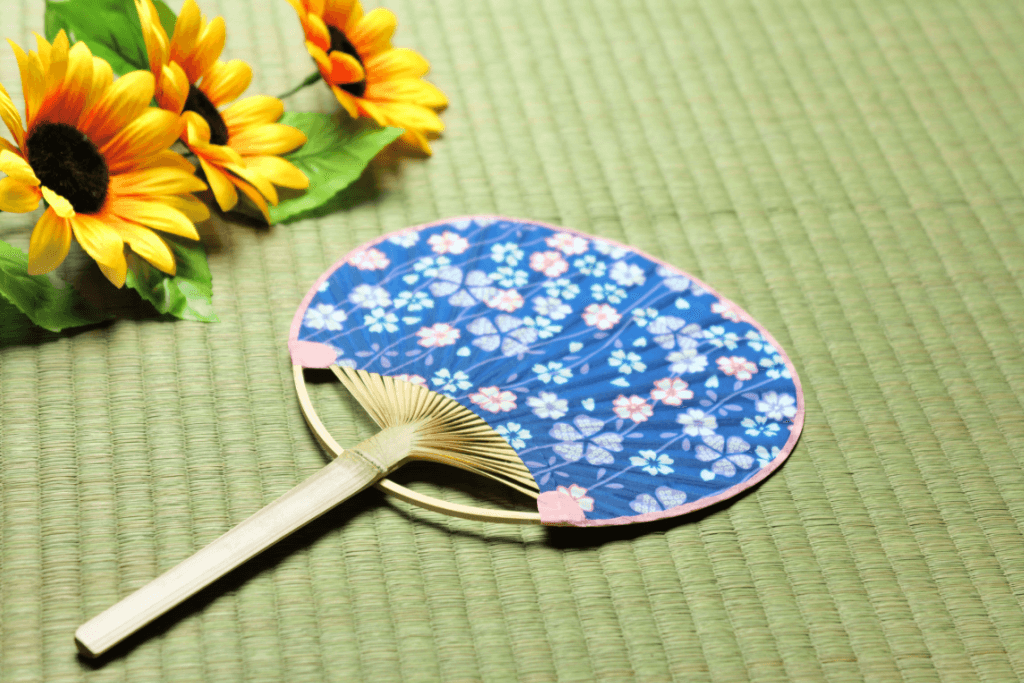
Plastic uchiwa fans are typical today, but traditional handcrafted fans from different regions still have unique characteristics. On the other hand, fans from Chiba Prefecture, known as Boshu uchiwa, have a distinctive round handle in the natural shape of bamboo. Kyoto’s Kyo uchiwa is famous for elegant drawings and separation of fan and handle parts, while Kagawa Prefecture’s Marugame uchiwa stands out with thin, flat handles and historical significance!
Okinawan Martial Arts
Martial arts training has a deep history in Okinawa, Japan, dating back centuries and becoming a part of the island’s culture. Initially used for self-defense, martial arts evolved into various styles, with Okinawan practitioners becoming very dedicated, leading to a ban by King Shō Shin. Therefore, the ban was lifted, leading to three Okinawan martial arts primary schools. Today, martial arts in Okinawa are varied, with numerous forms, styles, and techniques.
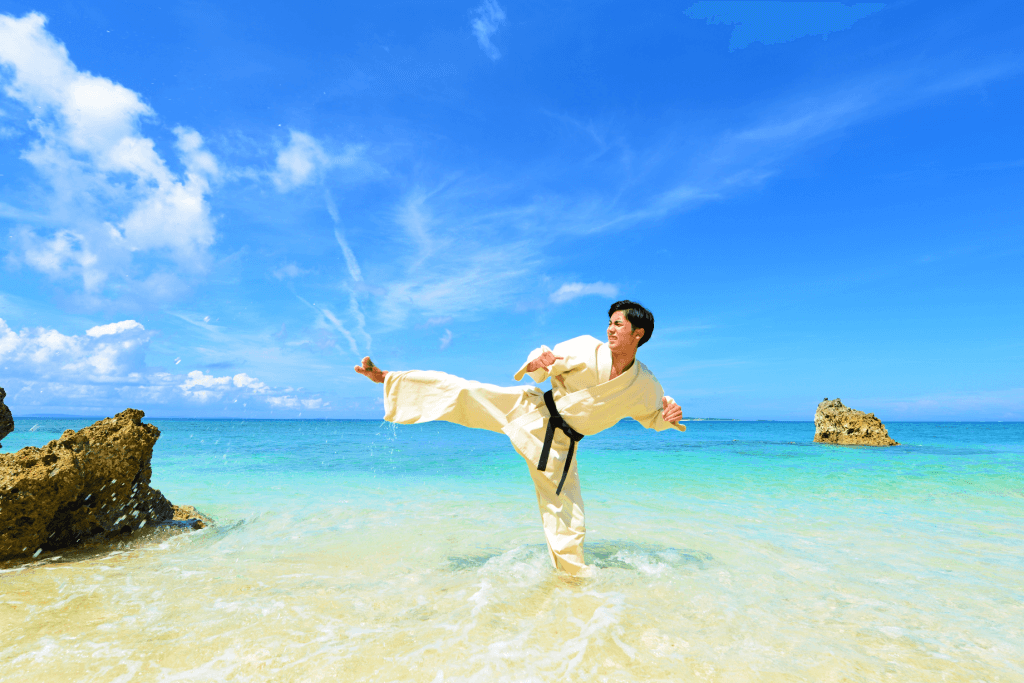
Karate, a term often misunderstood as a single martial art style, represents a range of Okinawan martial arts. Influenced by China, Okinawan practitioners adapted and developed their unique version of martial arts, leading to the creation of karate. Karate remains popular, attracting practitioners for sport, personal fulfillment, and military training, while Okinawan martial arts continue to thrive, offering a rich and intense form of combat sport!
Okinawa’s diverse offerings, from snow salt to delightful teas, provide insight into the heart of this vibrant Japanese island. Whether enjoying the flavors of kokuto snacks, immersing in the beats of Eisa dances, or practicing Okinawan martial arts, each aspect contributes to Okinawa’s culture and tradition. As you explore the tastes, experiences, and traditions, a journey into the unexplored side of Okinawa’s culture awaits you! Have you ever tried any of these foods? Do you practice Okinawan Martial Arts? Let us know in the comments below!

Discover authentic flavors with Sakuraco
Get Sakuraco 

Discover authentic flavors with Sakuraco
Get Sakuraco 
Related Articles
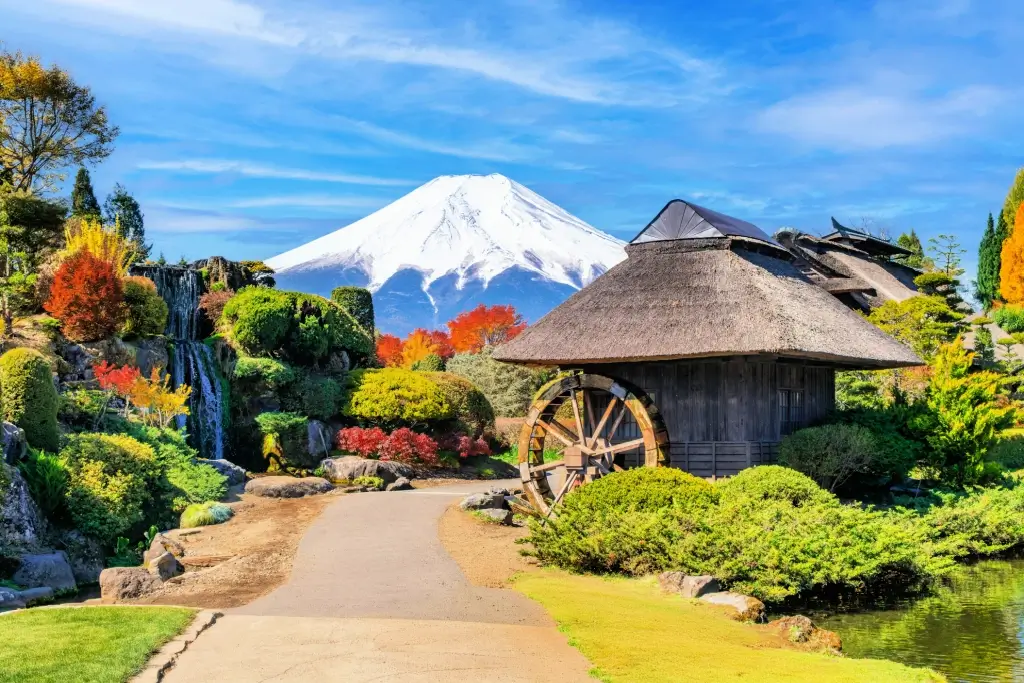
Best Time to Visit Japan: Nine Great Regions!
Japan is famous for its numerous beautiful natural landscapes and its ancient cultural traditions, which are still preserved today. Is now the best time to visit Japan? Let’s explore the nine regions of this nation and what makes each unique.
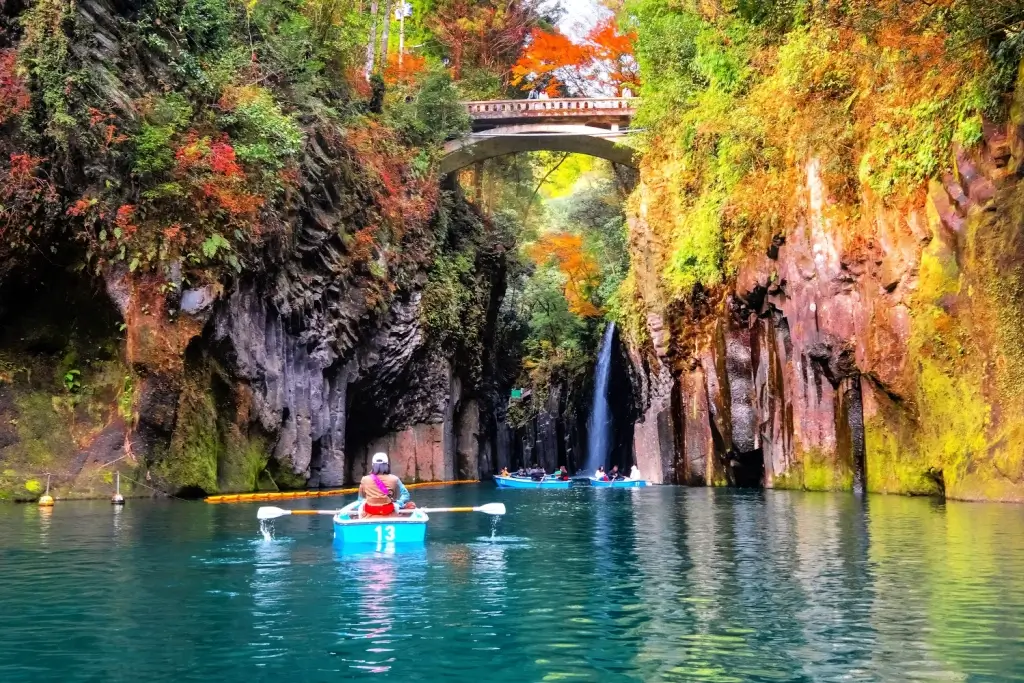
Kyushu Region: The Subtropical Island of Japan!
The Kyushu region in southern Japan offers natural beauty, rich history, and culinary delights. Comprising seven prefectures, Kyushu is full of attractions, from cities and volcanoes to hot springs and local food.

Kumamoto Food: Five Great Dishes to Try!
Whether exploring Kumamoto Castle or soaking in hot springs, sampling this prefecture’s signature dishes is essential to the experience!

Fukuoka Travel: Enjoy Shopping and Sightseeing!
As one of Japan’s oldest and most culturally significant cities, Fukuoka must be on your following Japanese itinerary!



